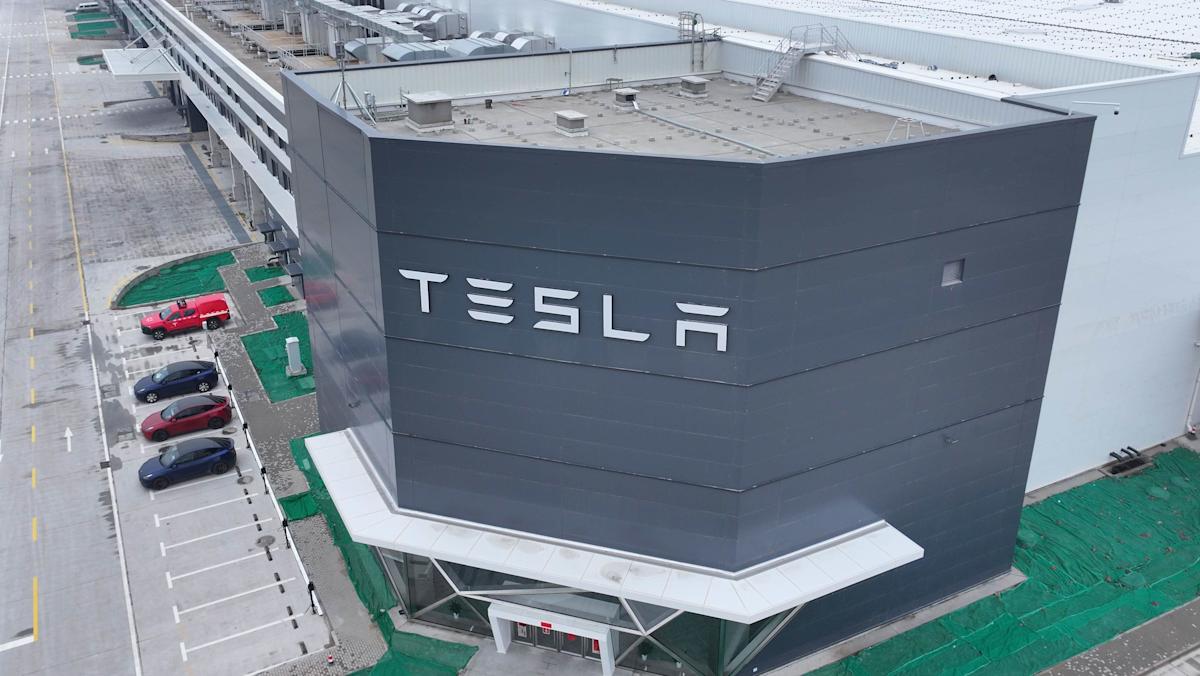Carbon Capture Reality Check: How Industry Can Actually Make Climate Tech Work

Carbon Capture and Utilization: Beyond Corporate Sustainability Reporting
In the rapidly evolving landscape of corporate sustainability, Carbon Capture and Utilization (CCU) is emerging as a transformative strategy that goes far beyond mere environmental, social, and governance (ESG) reporting. It's not just a box to check off—it's a dynamic approach to reimagining industrial processes and creating tangible environmental impact.
Unlike traditional carbon capture methods that simply store carbon dioxide underground, CCU represents an innovative paradigm where captured carbon becomes a valuable resource. Companies are discovering that CO2 can be converted into valuable products, turning what was once considered a waste product into a potential revenue stream.
From creating construction materials and synthetic fuels to developing new chemical compounds, CCU technologies are proving that sustainability and economic opportunity can go hand in hand. Forward-thinking organizations are recognizing that this approach isn't just about reducing carbon footprints—it's about creating a circular economy where waste is transformed into worth.
The true potential of CCU lies in its ability to simultaneously address climate challenges and drive technological innovation. It's a strategic investment that signals a company's commitment to genuine environmental stewardship, rather than superficial compliance.
As global markets increasingly demand meaningful climate action, CCU stands out as a compelling solution that bridges environmental responsibility with economic pragmatism.








